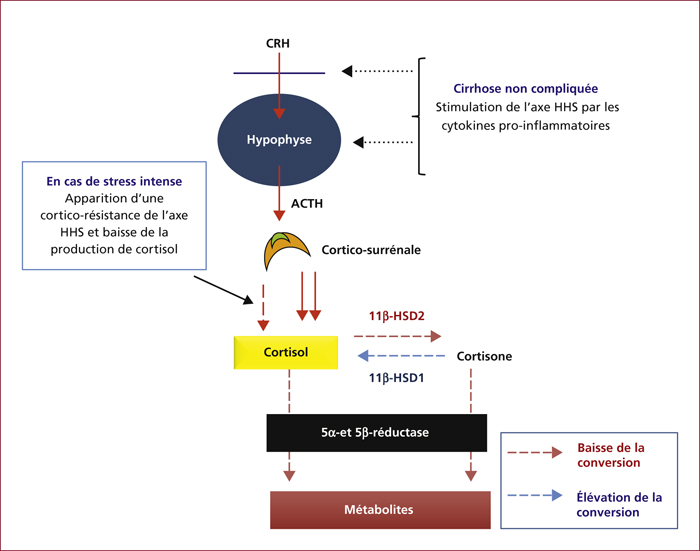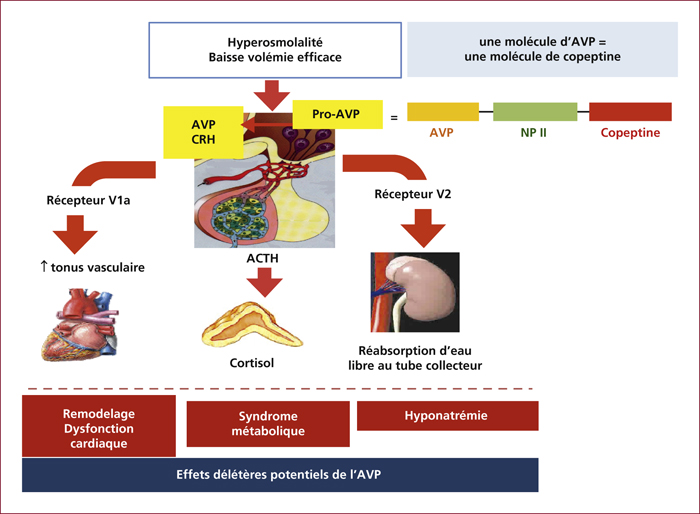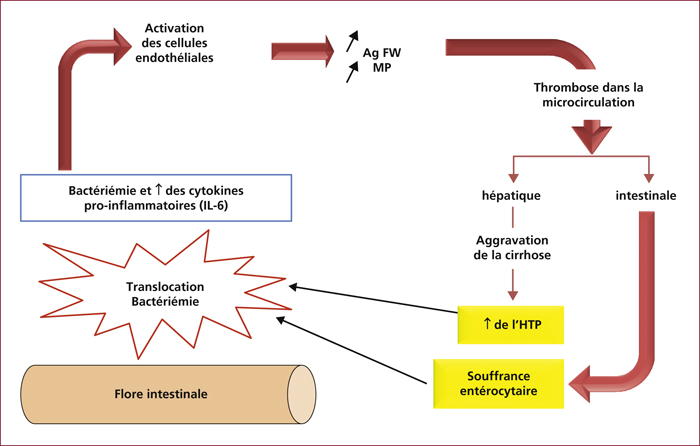Hépato-Gastro & Oncologie Digestive
MENUNew pronostic markers in liver cirrhosis Volume 21, issue 2, Février 2014
service d’hépatologie et de soins intensifs digestifs,
25030 Besançon,
France
- Key words: cirrhosis, pronostic marker
- DOI : 10.1684/hpg.2013.0977
- Page(s) : 134-41
- Published in: 2014
Determining the prognosis of cirrhotic patients is not an easy task. Prognostic scores, such as Child-Pugh and MELD scores, are commonly used in hepatology, but do not always reflect superimposed events that may influence the prognosis. It appears that bacterial intestinal translocation is an unavoidable phenomenon for the development of complications in liver cirrhosis. Several biological variables (CRP, serum free cortisol, copeptin, von Willebrand factor antigen) are the witnesses of ’inflammatory stress’ and have recently been identified as potential prognostic markers in cirrhotic patients. Most of these above mentioned markers come from pilot studies with sometimes a modest sample size but allow us to catch a glimpse of the pathophysiological mechanisms leading to the worsening of cirrhosis. These new data should generate further well-designed studies to better assess the benefit for liver function of preventing intestinal bacterial translocation and microvascular thrombosis. The infection control is paramount and among all actors of immunity, vitamin D also appears to act as an anti-infective agent and therefore has probably a prognostic value.




